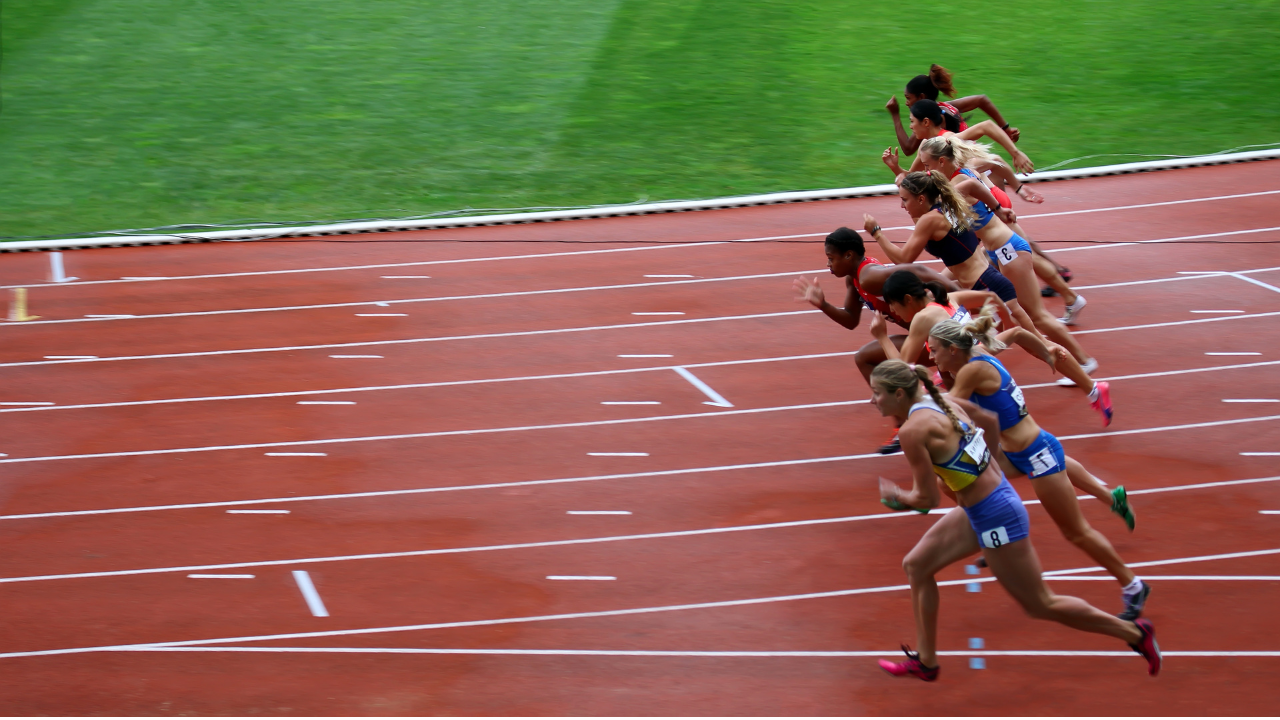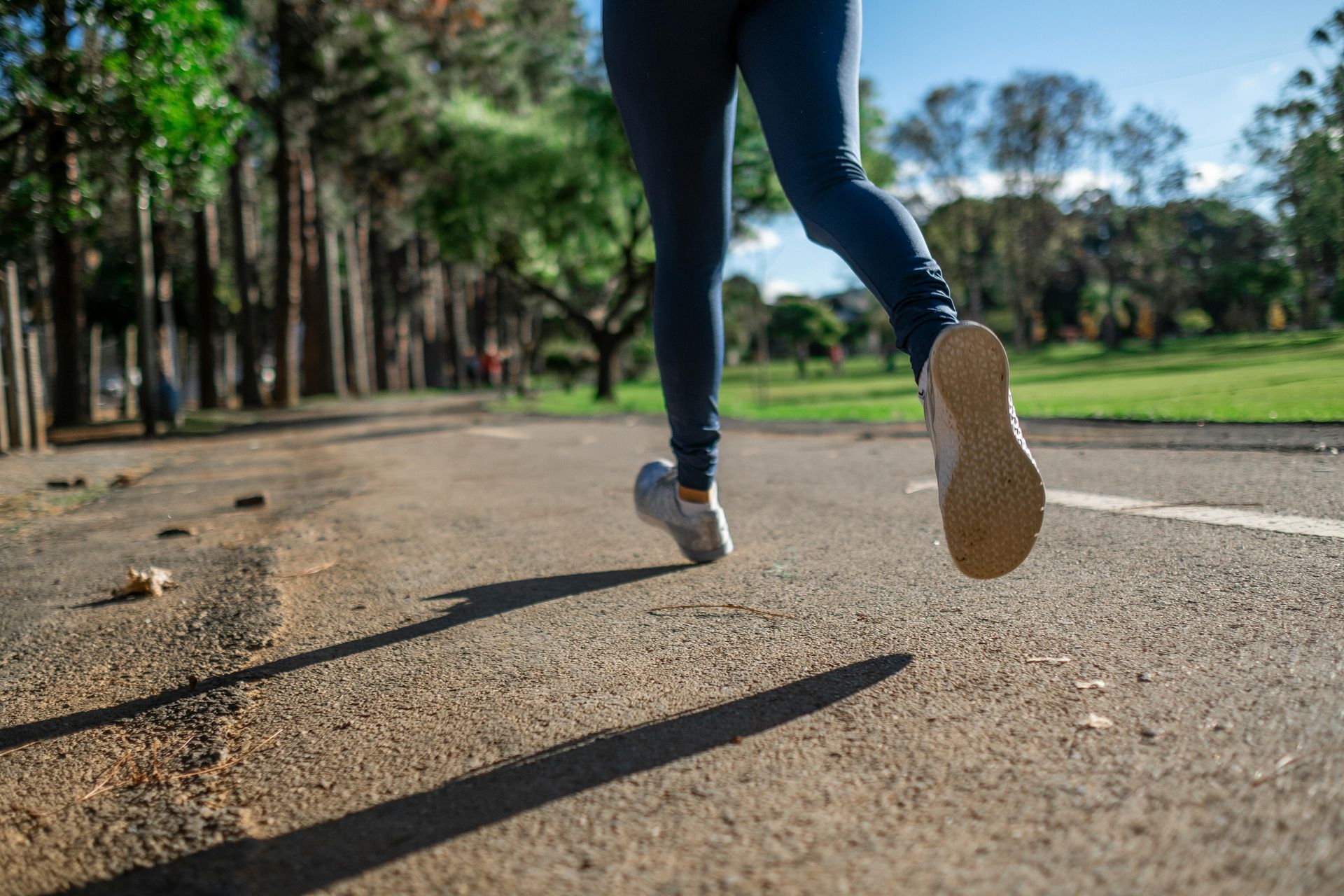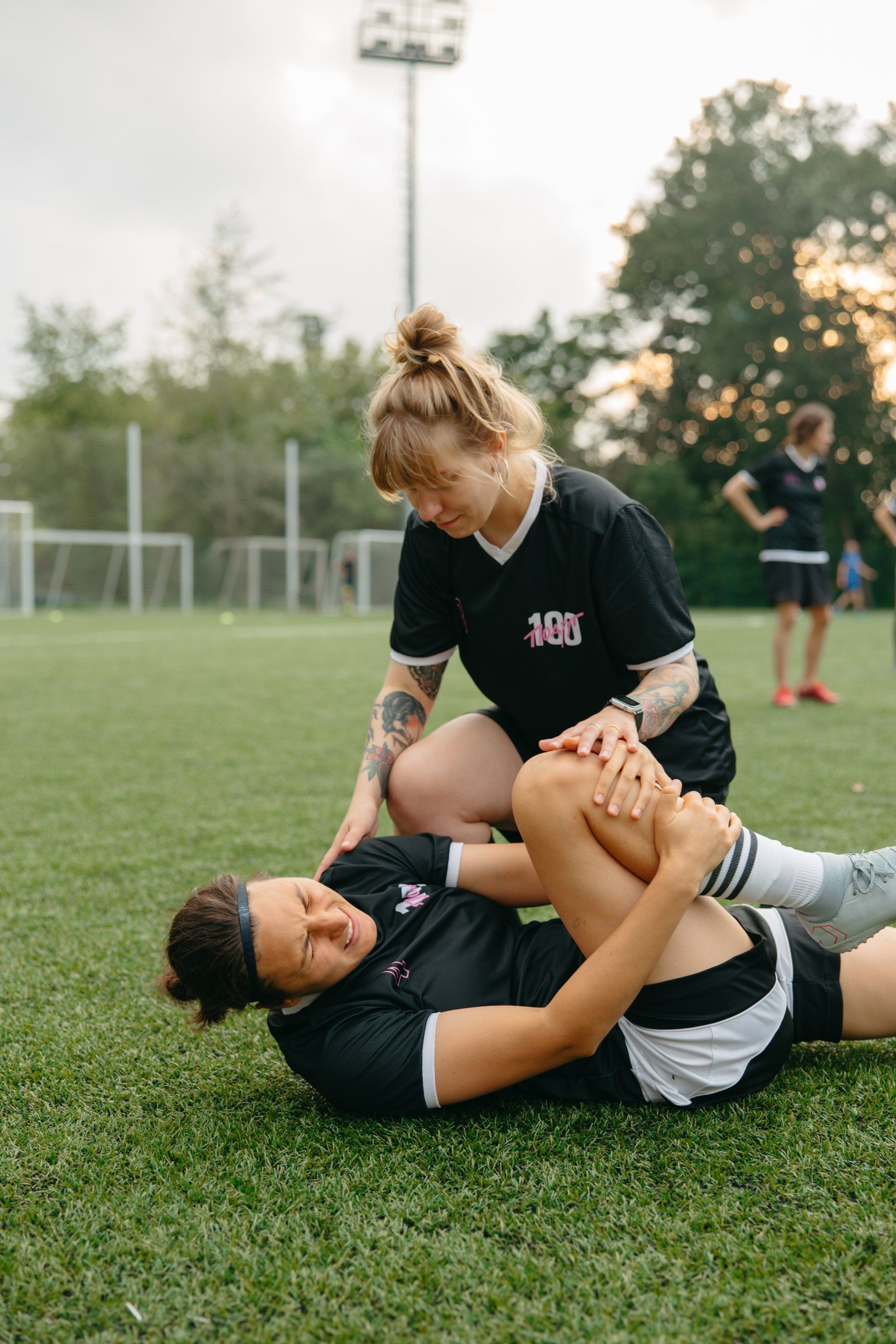Understanding Periodized Rehab & Load Management for Better Recovery
Unfortunately, the path to full function typically is not a straight line when recovering from an injury. However, with appropriate periodized rehab and load management, setbacks during the rehab process can be decreased.
Periodized rehabilitation and load management refer to a structured approach that progressively rebuilds physical capacity by carefully controlling exercise intensity and volume.
In this guide, we'll share knowledge about how this systematic approach can help protect healing tissues while gradually rebuilding strength and function back to a better version of yourself.
Why Periodization Matters in Rehabilitation
Periodization has long been used in athletic training, but its principles are equally valuable in rehabilitation. This systematic approach divides recovery into distinct phases with specific goals and carefully planned progressions. At Rebound, we discuss decreasing pain and improving motion in phase 1 (RECOVER). Once motion is restored, we begin to incorporate drills and exercises in to improve movement efficiency into this newly found space created in phase 2 (REBUILD). Coming up onto our final and most fun phase (REBOUND), we build further capacity, strength, power and endurance to push you beyond limits you've experienced. This is where the real magic happens.
According to research published in the British Journal of Sports Medicine, approximately 70% of reinjuries occur because of improper load progression during rehabilitation.
That's a lot of setbacks!
This statistic underscores the importance of a methodical approach to recovery.
The Science Behind Tissue Healing and Loading
To understand periodized rehab, we must first understand how tissues heal:
- Inflammatory phase (0-7 days): The body's initial response to injury
- Proliferative phase (3-21 days): Formation of new tissue begins
- Remodeling phase (21 days to 1+ year): Tissue matures and strengthens
Dr. Tim Gabbett, a leading researcher in load management, notes that "the body responds to load in predictable ways, but poorly to sudden spikes in activity." This principle forms the foundation of periodized rehabilitation. We can expect a response of increased knee soreness if we tell someone to go out for a 20-minute run if they haven't ran or been exposed to similar forces of running during rehab progressions.
Benefits of a Structured Approach
A periodized approach to rehabilitation offers several advantages:
- Reduced risk of reinjury through controlled progression
- Optimized healing environment for damaged tissues
- More efficient recovery by avoiding setbacks
- Better long-term outcomes by building proper capacity
Key Principles of Periodized Rehab & Load Management
Effective periodized rehabilitation follows several core principles that guide the recovery process. Before designing a rehabilitation program, it's essential to understand two key concepts:
Load Tolerance vs. Capacity
- Tolerance refers to what a tissue can handle right now without worsening symptoms
- Capacity refers to what a tissue should eventually handle for normal function
The gap between current tolerance and required capacity determines the rehabilitation journey. Research by Dr. Jill Cook demonstrates that properly dosed exercise is essential for increasing tissue capacity, even when dealing with chronic conditions.
Acute vs. Chronic Workload
Another important concept is the relationship between acute and chronic workload:
- Acute workload - what you've done in the recent period (typically a week)
- Chronic workload - what you've been doing over a longer period (typically 4 weeks)
Incidences of pain or injuries may occur with both an uptick in acute workload and/or chronic workload. This is what is typically referred to as an "overuse" inury. Studies show that keeping the acute:chronic workload ratio between 0.8-1.3 minimizes injury risk by avoiding sudden spikes in activity levels.
Phases of Periodized Rehabilitation
Periodized rehabilitation typically progresses through several distinct phases, each with specific goals and approaches.
Phase 1: Acute Management and Protection (RECOVER)
The initial phase aims to protect healing tissues while managing symptoms. In phase 1, the main goal is to decrease pain and inflammation and bring back pain-free motion.
Key Components
- Pain and inflammation control through therapeutic interventions
- Pain-free movement that doesn't aggravate symptoms
- Establishment of baseline measurements including ROM & strength to track progress
- Education about the injury and timeline to recovery.
During this phase, exercise is carefully controlled to avoid disrupting early healing while providing enough stimulus to prevent excessive tissue weakening.
Phase 2: Controlled Loading and Rebuilding
As acute symptoms subside, the focus shifts to progressively rebuilding tissue capacity:
Progressive Loading Strategies
- Isometric exercises that strengthen without excessive tissue stress
- Range of motion work that respects tissue healing stages
- Gradually increasing resistance utilizing the SAID (specific adaptation to imposed demands) principle.
- Movement pattern retraining to prevent you falling back into the same trap that got you injured in the first place.
A principle we follow is that loading should generally increase by no more than 10-15%, sometimes upward of 50%, per week for most individuals. This allows for adaptation while minimizing the risk of overload.
Monitoring and Adjusting Load During Rehabilitation
Successful periodized rehabilitation requires careful monitoring and adjustment throughout the recovery process.
Signs of Appropriate Loading
How do you know if the rehabilitation load is appropriate? Look for these indicators:
- Minimal symptom exacerbation during activity. "Noticing" the discomfort is ok and as long as pain is not worsening, we typically continue to work through it.
- Return to baseline within 24 hours after exercise.
- Gradual improvement in motion, strength and postural stability through movement.
- Pain does not increase over time.
Dr. Peter Malliaras, tendon specialist, suggests that mild symptom provocation during rehabilitation exercise can be acceptable as long as it doesn't worsen over 24 hours—a concept known as the "24-hour rule."
Common Periodization Mistakes to Avoid
When implementing periodized rehabilitation, be aware of these common pitfalls:
- Advancing too quickly based on calendar rather than readiness (this is huge)
- Inconsistent loading with dramatic spikes and drops
- Ignoring pain responses that signal tissue overload
- Using improper postures and positions that creates compensatory patterns
According to research from the American Journal of Sports Medicine, failure to properly implement periodized loading is associated with a 2-3x higher reinjury rate in athletes returning to sport. The goal is to make your body resilient. Not back in PT.
Practical Applications of Periodized Rehab & Load Management
Understanding the principles is important, but how do these concepts apply to real-world rehabilitation scenarios?
Example: Periodized Approach for Achilles Tendinopathy
Here's how a periodized approach might look for a common condition:
Phase 1 (1-2 weeks)
- Isometric heel raises with long holds (30-45 seconds)
- Pain management strategies
- Activity modification to stay within tissue tolerance
Phase 2 (2-6 weeks)
- Progressing to slow eccentric-concentric heel raises
- Extensive plyometrics
- Gradually increasing load and volume
- Beginning light aerobic activity that doesn't aggravate symptoms
Phase 3 (6-12 weeks)
- Adding speed to strength exercises
- Intensive plyometrics
- Incorporating functional movements specific to daily activities
- Progressively returning to normal activities with careful monitoring
This structured approach allows the tendon to adapt gradually while maintaining enough stimulus for positive tissue changes.
Application for Different Populations
Periodization principles apply across populations but must be adjusted for factors like:
- Age: Older adults may need slower progressions
- Fitness level: Deconditioned individuals need more gradual loading
- Health status: Certain medical conditions require modified approaches
- Previous injury history: Prior injuries might necessitate more caution
Taking Control of Your Recovery Journey
Understanding the principles of periodized rehabilitation and load management can help you become an active participant in your recovery process.
When working through an injury, consider these guidelines:
- Be patient with the process and trust in progressive loading
- Track your progress objectively rather than relying solely on how you feel
- Communicate clearly about symptom responses to activities
- Follow a structured plan rather than an ad-hoc approach to exercise
By following periodized rehabilitation principles, you create an environment where tissues can heal properly while rebuilding the capacity needed for your daily activities and goals.
If you're dealing with an injury and want to learn more about how a periodized approach to rehabilitation might help your specific situation, please contact us at Rebound Performance Physical Therapy in Newington, CT.
Our experienced team can provide guidance on structured recovery approaches based on your individual needs. To schedule a consultation, call (203) 601-7446.










